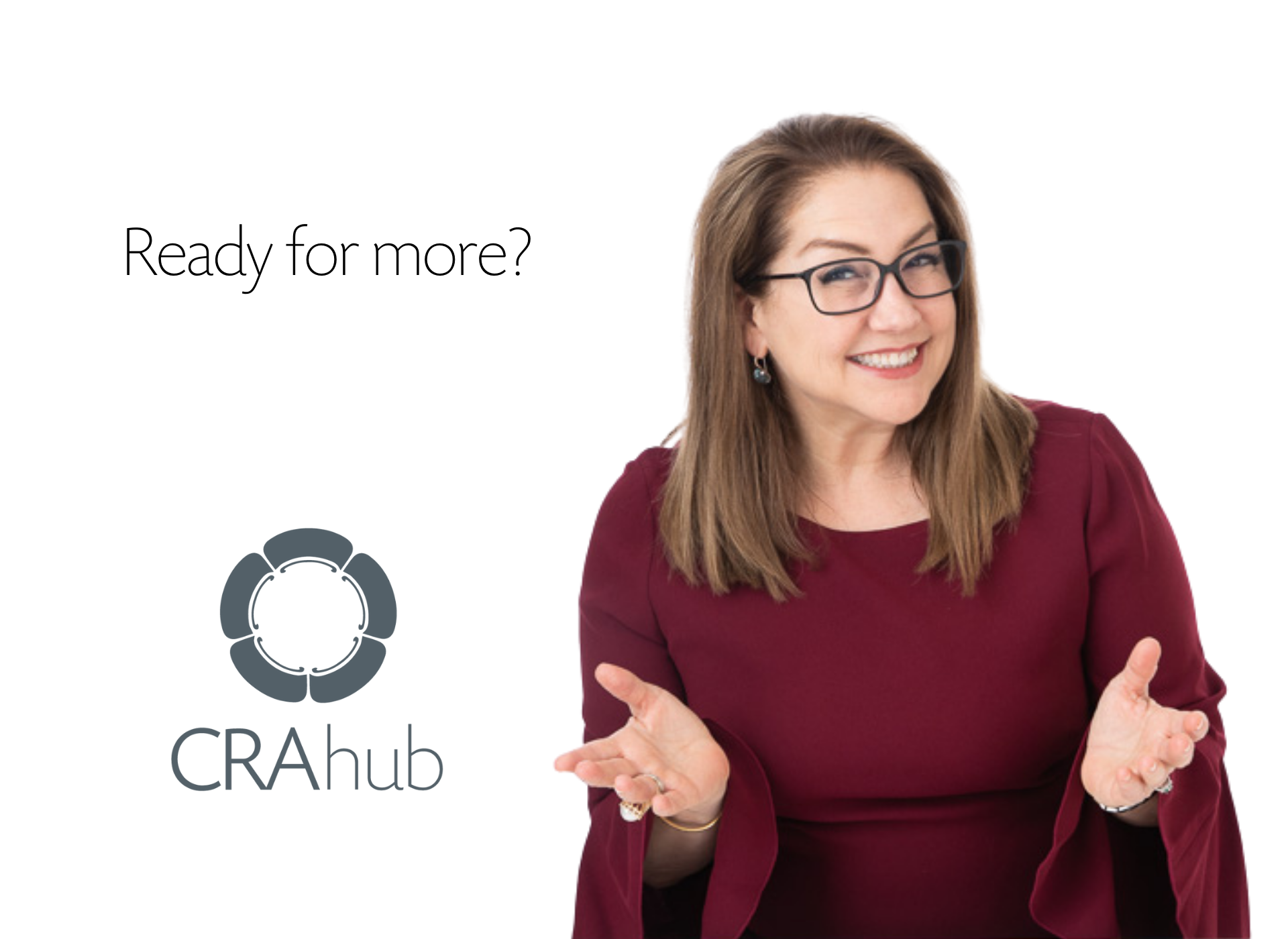
Are you crystal clear on your bank’s performance? Do key stakeholders know how they fit into the CRA function of the bank? Do you know everything you need to know for your upcoming CRA exam?
These are the questions that all CRA Officers need to know the answers to, and preparing a CRA self-assessment is a pathway to this end. What if you don’t have a self-assessment? What if you have a copy of a self-assessment from your predecessor that hasn’t been dusted off in a while?
Although preparing a self-assessment is not a technical requirement of the CRA, I wouldn’t run a CRA program without one. The work you put into a self-assessment will pay off in spades.
There are three general types of self-assessments I tend to see at banks. I see either a “lite” version that gets straight to the point, a “targeted” version focusing on an in-depth key performance measure, or a “comprehensive” analysis of a bank’s CRA program. There is no right or wrong type of CRA self-assessment; it all depends on bank strategy, CRA leadership cycle, and program maturity.
Wherever you are in your CRA journey, the time is now to take the next step with your CRA self-assessment. If you don’t have one, you might consider drafting a high-level “lite” version in 2-3 pages. If you know your bank needs to focus on a core performance issue before your next exam, you might want to create a “targeted” self-assessment to get clear on the issue, to shore up your performance context, and understand your bank’s next steps. You might be ready to draft a comprehensive self-assessment as an exam prep exercise to ensure you and your bank are ready to defend your CRA program and to ensure it’s set-up for success for when examiners “arrive” at your doorstep.

The secret to a good CRA self-assessment is positioning your performance in context with data elements and narrative to tell your CRA story. This is where having software, like Kadince, is so valuable. Having all of your community development performance organized, geocoded, and categorized is half the battle. Make sure you take your core data and then weave in local statistics and benchmarks that help make your case. Also, try to highlight bank initiatives and efforts that you deployed to shore up performance gaps.
Preparing a self-assessment takes time, but the time invested yields a healthy return on your time. You can also use your CRA self-assessment document to educate your internal key stakeholders and continue building your culture of compliance within your bank.
CRA Today offers a wide variety of training and advisory services to help you master the CRA. Whether you are new(er) to the CRA or a seasoned professional, we stand ready to get your exam ready and help you drive impact into your local communities.
- Driving Impact and Building Trust: The Power of Collaboration Between Compliance Professionals and Lenders in Community Development Lending - August 1, 2023
- Finish Strong, as published in ABA Bank Compliance - December 31, 2022
- What’s a Capital Stack and How Does it Work? - November 18, 2021
